19 ’80s Series That Had Legendary Theme Songs And Forgettable Plots
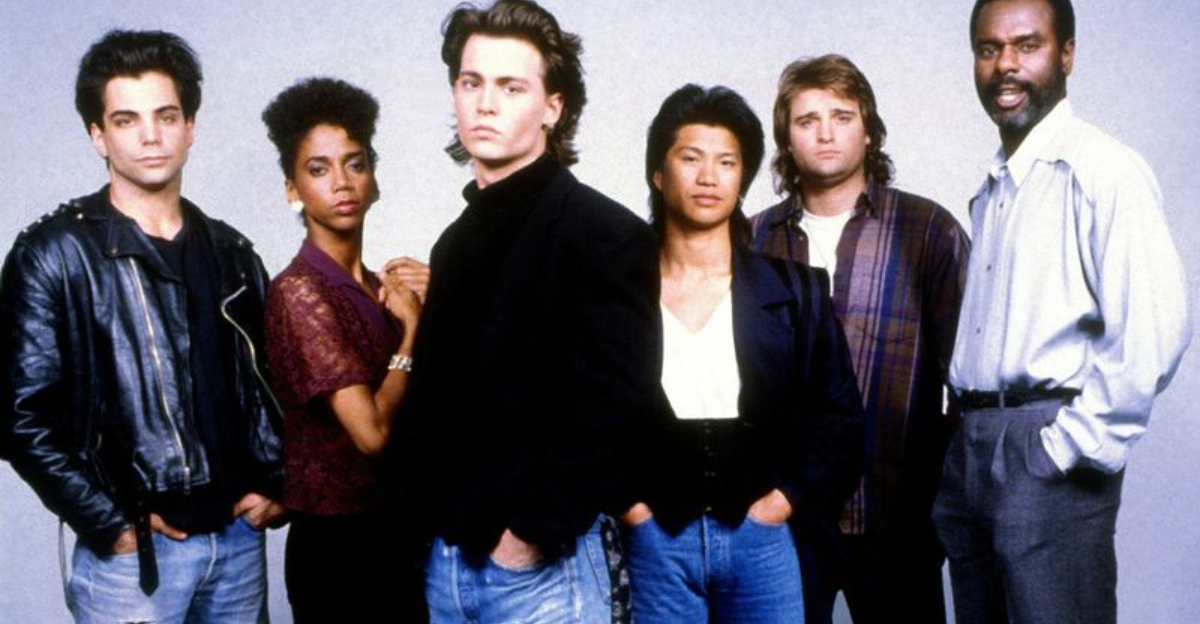
The 1980s were undeniably the golden era of television theme songs—those unforgettable tunes that have somehow stayed lodged in our memories for decades.
Even now, I catch myself humming them while folding laundry or cruising down the highway, transported back to a time of big hair, neon colors, and unforgettable TV moments. What’s especially intriguing is how many of these shows had opening themes that became more famous than the series themselves.
In some cases, the theme songs were so catchy, so iconic, that they completely outshined the actual plotlines. These musical intros set the tone, sparked nostalgia, and instantly pulled us in—whether or not we stuck around for the episode.
Let’s hit rewind and revisit the ‘80s shows where the opening credits were truly the highlight of the experience.
1. The Greatest American Hero
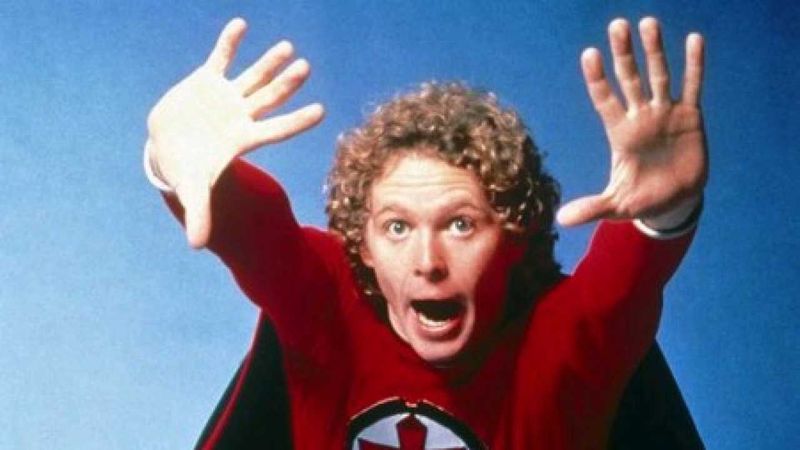
“Believe it or not, I’m walking on air…” That song still gives me goosebumps! Joey Scarbury’s chart-topping hit reached #2 on Billboard and outlived its parent show by decades.
The actual series? A schoolteacher finds an alien suit that grants him superpowers, but he loses the instruction manual. Cue endless scenes of him crashing into walls and tumbling through the sky. What started as a quirky premise quickly devolved into repetitive monster-of-the-week scenarios.
The writers seemed as lost as the main character, struggling to develop meaningful arcs beyond the initial gimmick. Despite William Katt’s charming portrayal of the bumbling hero, the show limped through three increasingly forgettable seasons before getting canceled in 1983. But that theme song? Absolute perfection.
2. Knight Rider

Those pulsing synthesizers! That electronic heartbeat that introduced each episode of Knight Rider remains one of TV’s most recognizable openings. Composer Stu Phillips created something so futuristic it still sounds cool today.
Meanwhile, the show itself featured David Hasselhoff as Michael Knight, a crime-fighter with a talking car named KITT. The first few episodes delivered genuine excitement – a man and his super-intelligent Trans Am battling evil! But the writers quickly ran out of original ideas.
By season two, viewers endured increasingly ridiculous scenarios and villains who made cartoon baddies look sophisticated.
3. Airwolf
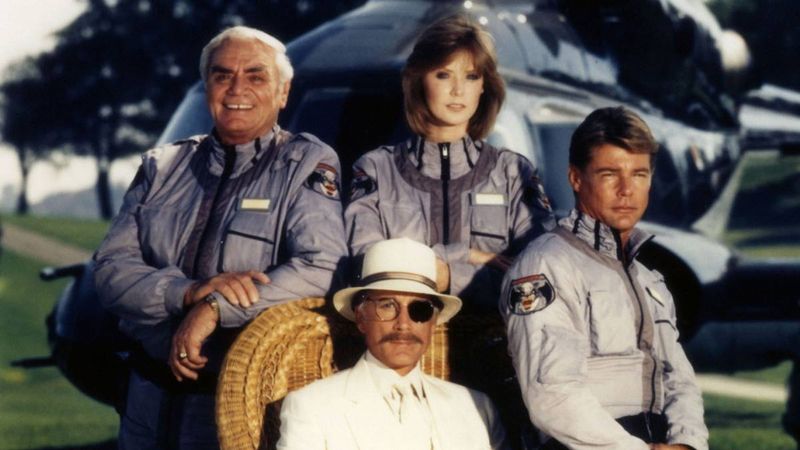
Jan Hammer’s synthesizer masterpiece for Airwolf still raises my pulse rate. Those soaring electronic notes perfectly captured the thrill of a high-tech military helicopter swooping through canyons at sunset.
The show starred Jan-Michael Vincent as Stringfellow Hawke, a reclusive helicopter pilot who steals Airwolf (the world’s most advanced helicopter) and holds it hostage until the government finds his missing brother. Cool premise, right? Unfortunately, the execution rarely matched the concept’s potential.
Most episodes devolved into formulaic rescue missions with budget-constrained action sequences. The helicopter footage was often recycled, and storylines became increasingly far-fetched.
4. The A-Team

That military march with its triumphant brass section! I dare you to hear those opening notes without mentally adding the voiceover: “If you have a problem, if no one else can help…” Mike Post and Pete Carpenter created the perfect musical introduction for a team of noble fugitives.
The show followed four Vietnam veterans on the run for a crime they didn’t commit. They became mercenaries for hire, helping the oppressed while dodging military police. Despite its popularity, the series suffered from severe repetition – nearly every episode followed the exact same structure.
Mr. T’s mohawk and catchphrases were more memorable than any actual storylines. Oddly, despite thousands of bullets fired in each episode, nobody ever got seriously injured.
5. The Fall Guy
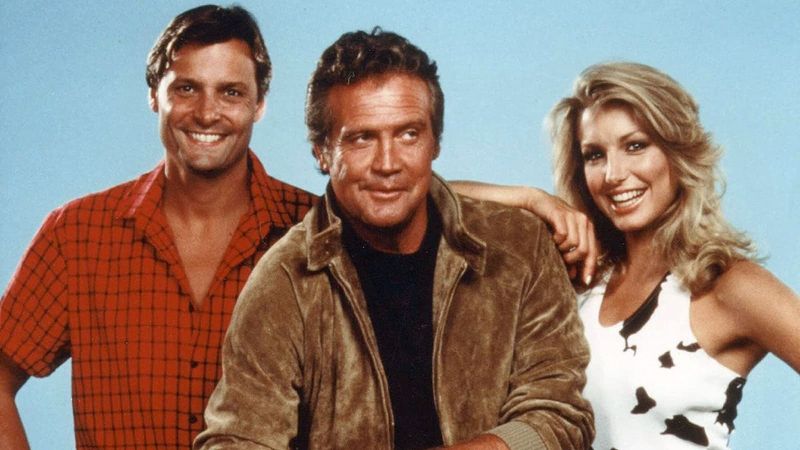
“I’m the unknown stuntman that makes Eastwood look so fine…” Lee Majors not only starred in this action series but also sang its infectiously catchy theme song. As a kid, I’d belt out those lyrics while jumping off the couch, pretending to be a Hollywood stuntman.
Majors played Colt Seavers, a stuntman who moonlighted as a bounty hunter to make ends meet. The premise initially offered plenty of exciting possibilities – Hollywood stunts by day, catching criminals by night! But the execution rarely lived up to its potential.
Most episodes followed a predictable formula: Colt accepts a bounty, encounters resistance, performs some moderately impressive stunts, and eventually catches the bad guy. The stunt sequences became repetitive, and the plots were often paper-thin excuses to showcase car jumps and falls.
6. Miami Vice
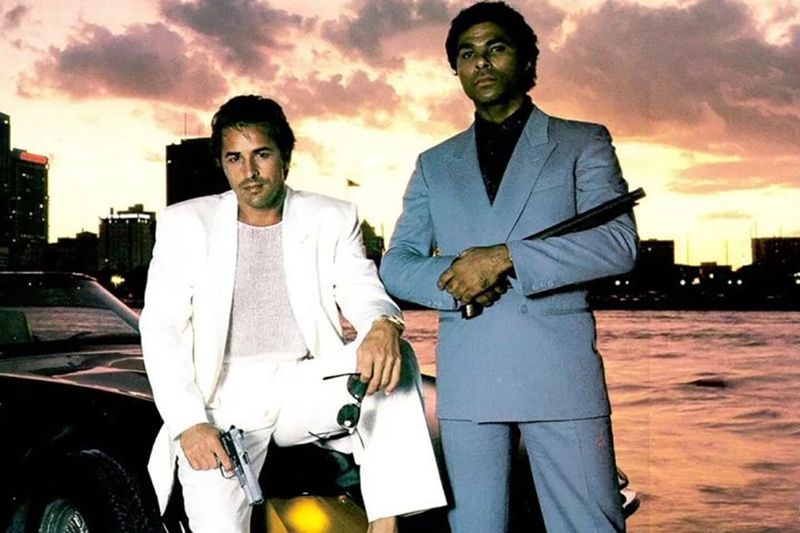
Jan Hammer’s pulsing, synthesizer-driven theme perfectly captured the neon-soaked glamour of 1980s Miami. Those opening notes transport me straight to a world of pastel suits, fast cars, and palm trees silhouetted against sunset skies.
Don Johnson and Philip Michael Thomas starred as Crockett and Tubbs, stylish detectives fighting Miami’s drug trade. The show revolutionized TV with its MTV-influenced visual style and contemporary music. Yet beneath all that style was surprisingly little substance.
Many episodes followed identical patterns, with interchangeable drug lords and predictable twists. The characters remained largely one-dimensional despite five seasons of development. Critics often noted that Miami Vice was essentially a music video stretched to fill an hour-long drama.
7. Magnum, P.I.

Mike Post struck gold again with the Magnum, P.I. theme – those upbeat tropical rhythms perfectly captured Hawaiian sunshine and carefree adventure. My college roommate used it as his alarm clock, claiming it was impossible to wake up grumpy with that music playing.
Tom Selleck starred as Thomas Magnum, a private investigator living in a luxurious Hawaiian estate owned by the never-seen novelist Robin Masters. The show had all the ingredients for greatness – gorgeous location, charming lead, and a supporting cast with genuine chemistry. But many episodes felt like tourism advertisements with crime elements tacked on.
The actual mysteries Magnum solved were often simplistic or predictable. The writers relied heavily on Selleck’s charisma and the exotic setting rather than crafting compelling cases.
8. CHiPs

That funky, disco-influenced theme by John Parker still makes me want to put on aviator sunglasses and cruise down a California highway. The upbeat energy perfectly matched the show’s sunny disposition and action-oriented premise.
Erik Estrada and Larry Wilcox starred as motorcycle officers patrolling California’s highways. The show promised high-speed chases and crime-fighting excitement, but delivered something closer to a public service announcement with occasional stunts. Most episodes featured minor infractions rather than serious crimes.
The characters remained surprisingly undeveloped throughout the series’ run. Ponch and Jon were defined almost entirely by surface traits – Ponch was the charming ladies’ man while Jon was the straight-laced professional. Episodes typically featured spectacular but implausible multi-car pileups that somehow resulted in only minor injuries.
9. Hill Street Blues
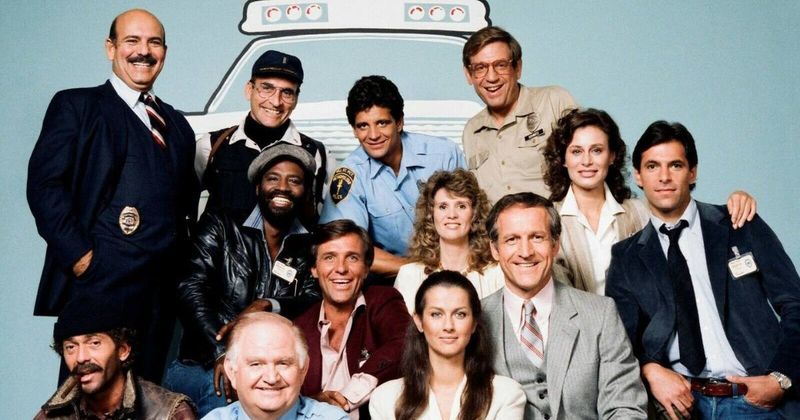
Mike Post’s melancholic piano theme for Hill Street Blues stands as one of television’s most beautiful compositions. Those gentle, wistful notes created a stark contrast to the show’s gritty subject matter. I still get emotional hearing those opening piano chords.
The series followed the personal and professional lives of police officers in an unnamed American city. While critically acclaimed for its realistic portrayal of urban policing, the actual storylines often became convoluted and difficult to follow. The large ensemble cast meant many characters received minimal development across episodes.
The show pioneered the multiple-storyline format now common in television, but this sometimes resulted in fragmented narratives that felt unresolved.
10. St. Elsewhere
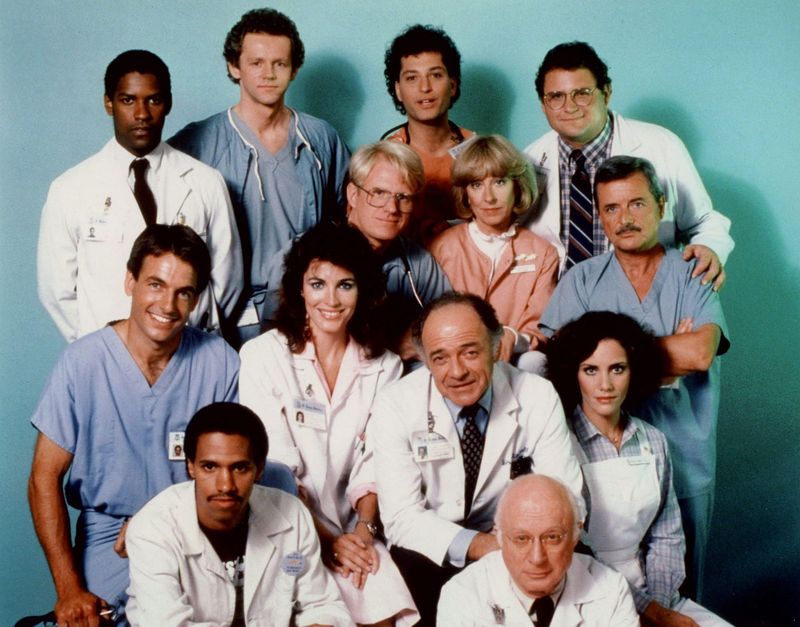
Dave Grusin’s gentle, contemplative theme for St. Elsewhere created a perfect emotional entry point for a medical drama. Those melancholy piano notes somehow captured both the sadness and hope inherent in a hospital setting.
The show chronicled life at St. Eligius, a struggling Boston teaching hospital nicknamed “St. Elsewhere.” Despite its talented ensemble cast including Denzel Washington and Howie Mandel, the series often struggled with tonal inconsistency.
The infamous snow globe finale – revealing the entire series existed in an autistic child’s imagination – retroactively undermined six seasons of character development. While the show tackled important issues like AIDS and addiction, many storylines became increasingly bizarre and disconnected from reality.
11. MacGyver
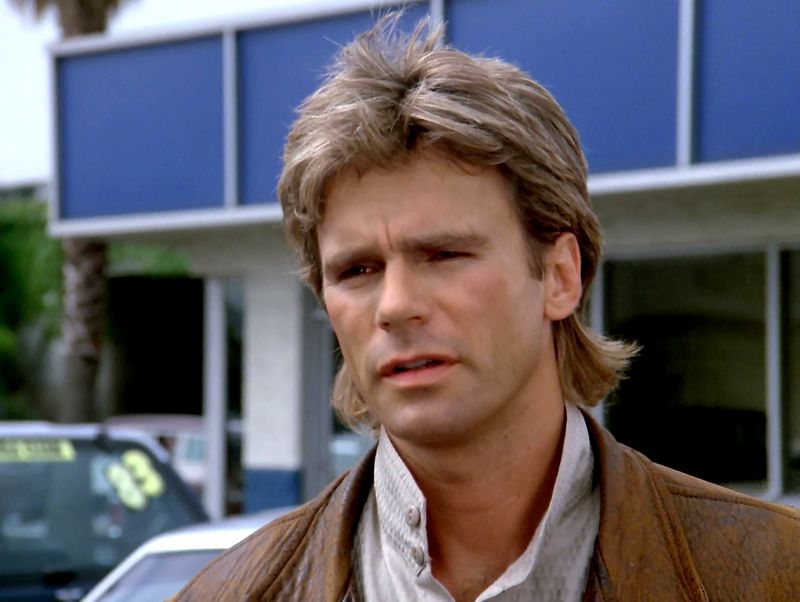
Randy Edelman’s heroic, adventure-filled theme for MacGyver perfectly captured the ingenious spirit of its protagonist. Those triumphant horns still make me want to solve problems with duct tape and a Swiss Army knife!
Richard Dean Anderson starred as Angus MacGyver, a secret agent who refused to carry a gun and instead relied on his scientific knowledge to create impromptu solutions from everyday objects. The concept was genuinely innovative – a hero who used brains instead of brawn or bullets. Unfortunately, the execution often fell into predictable patterns.
Most episodes followed an identical structure: MacGyver encounters problem, gets captured, escapes using household items, then defeats villain with another clever contraption. The supporting characters remained thinly developed, and the villains were typically one-dimensional.
12. Quantum Leap
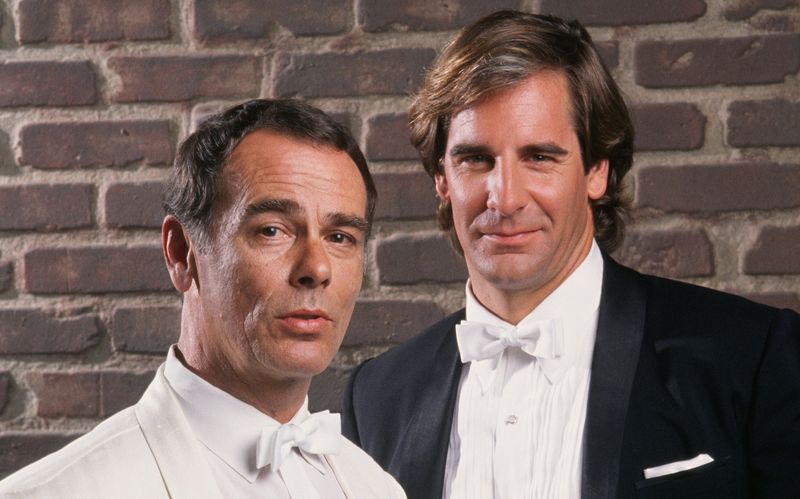
Mike Post struck again with the Quantum Leap theme – those ethereal synthesizers and hopeful melody perfectly captured the show’s blend of science fiction and humanity. The music still gives me chills, especially with those opening narration lines: “Theorizing that one could time travel within his own lifetime…”
Scott Bakula starred as Dr. Sam Beckett, a physicist who becomes trapped in a time-travel experiment, temporarily taking the place of different people throughout history. The premise was genuinely intriguing and allowed for endless storytelling possibilities across different time periods.
However, most episodes followed an identical formula: Sam arrives confused, figures out what he needs to “put right,” faces obstacles, then succeeds just in time to leap again.
13. Cagney & Lacey
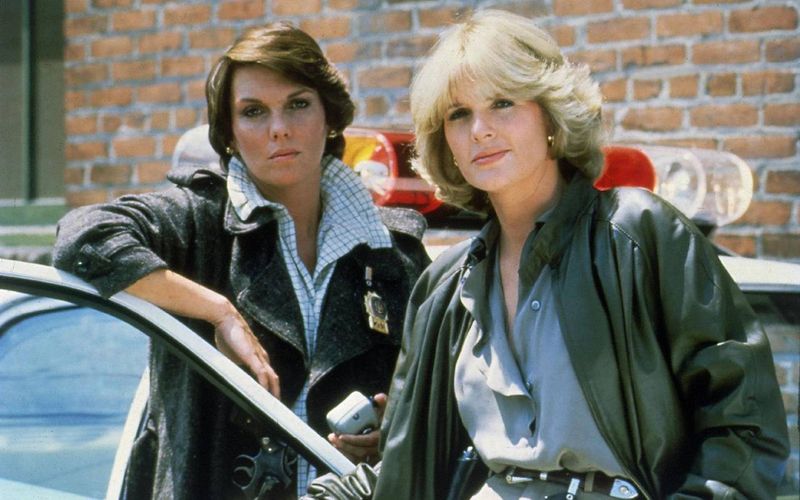
Bill Conti’s energetic, brass-heavy theme for Cagney & Lacey perfectly captured the show’s groundbreaking female partnership. Those driving rhythms and triumphant horns promised action and camaraderie that transcended gender barriers.
Sharon Gless and Tyne Daly starred as two very different female detectives working together in New York City. The show deservedly earned praise for featuring strong, complex women in a traditionally male-dominated genre.
The actual cases Cagney and Lacey solved were often forgettable, with predictable perpetrators and conventional resolutions. While the show occasionally tackled important social issues like abortion and alcoholism, many episodes followed formulaic crime-of-the-week structures.
14. 21 Jump Street

That punchy, new wave theme song by Liam Sternberg perfectly captured the youthful energy of 21 Jump Street. With its driving beat and catchy chorus about jumping down on Jump Street, the music promised edgy excitement aimed at a younger audience.
Johnny Depp led an ensemble cast playing young-looking police officers who went undercover in high schools to investigate crimes involving teenagers. The premise initially seemed promising – addressing teen issues through a crime drama format.
The show attempted to tackle serious issues like racism, substance abuse, and teen suicide, but often in simplistic ways that resolved neatly within 44 minutes. The undercover premises frequently strained credibility – how did no one recognize these obvious adults posing as teenagers? As the series progressed, storylines became increasingly far-fetched to keep the concept fresh.
15. Moonlighting
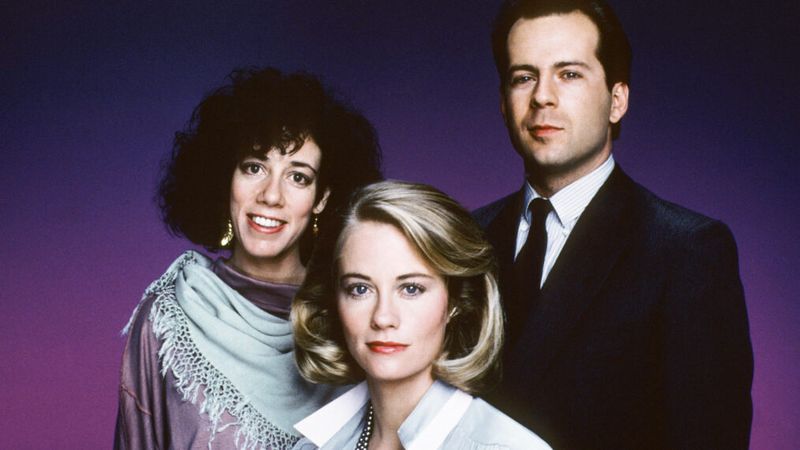
Al Jarreau’s jazzy, scatting vocals on the Moonlighting theme perfectly captured the show’s blend of romance, comedy, and detective work. That smooth, sophisticated sound promised something different from standard TV fare. I still find myself humming “Moonlighting strangers…” while washing dishes.
Bruce Willis and Cybill Shepherd starred as mismatched private detectives with electric chemistry and constant banter. The show initially delivered on its promise with clever dialogue, fourth-wall breaking, and genuinely intriguing cases. Then the infamous “Moonlighting curse” struck.
After the lead characters finally got together romantically, the show struggled to maintain its spark. Behind-the-scenes tensions between the stars led to fewer scenes together. Episodes became increasingly bizarre, with dream sequences, alternate realities, and musical numbers replacing coherent storytelling.
16. Remington Steele

Henry Mancini’s elegant, playful theme for Remington Steele perfectly captured the show’s blend of sophisticated mystery and romantic comedy. Those jaunty piano notes promised lighthearted intrigue with a touch of class – like a musical version of Cary Grant.
Stephanie Zimbalist starred as Laura Holt, a private detective who invents a male boss to attract clients, only to have Pierce Brosnan’s con man assume the fictional identity. The premise offered rich possibilities for exploring gender dynamics and identity deception while solving crimes.
Unfortunately, the actual mysteries were often pedestrian, serving mainly as backdrops for the will-they-won’t-they relationship between the leads. The show struggled to balance its detective elements with romantic comedy, frequently shortchanging both aspects.
17. Hardcastle and McCormick

Mike Post and Pete Carpenter created another memorable theme with Hardcastle and McCormick’s driving, action-oriented opening music. Those energetic horns and percussion perfectly captured the odd-couple buddy dynamic at the heart of the show.
Brian Keith starred as a retired judge who teams up with an ex-con race car driver (Daniel Hugh Kelly) to catch criminals who escaped justice through legal technicalities. The premise combined elements of vigilante justice with buddy comedy, promising high-speed chases and unlikely friendship.
While the chemistry between the leads was genuine, the actual plots quickly fell into predictable patterns. Most episodes featured the pair investigating a suspect, McCormick going undercover, getting discovered, then being rescued by Hardcastle in time for a car chase finale.
18. T.J. Hooker
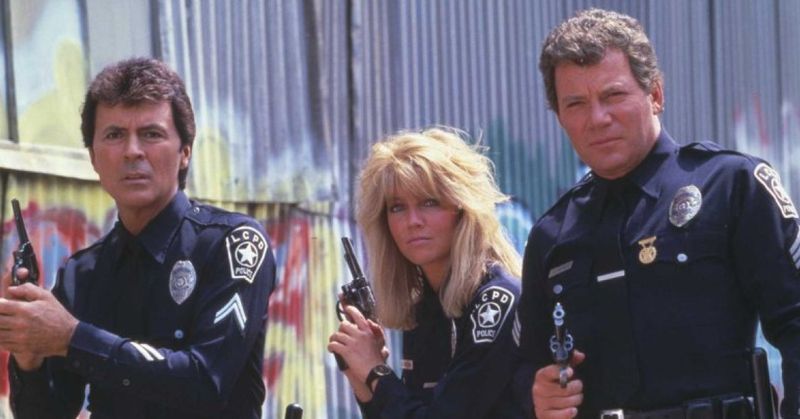
Mark Snow’s energetic, brass-heavy theme for T.J. Hooker perfectly embodied the no-nonsense attitude of its protagonist. Those driving beats and triumphant horns promised old-school police action in an increasingly complex world.
William Shatner starred as a veteran police sergeant who returns to patrol duty after his partner is killed. The show positioned itself as a traditional police drama focused on street-level crime-fighting rather than detective work.
Many episodes relied on Shatner’s over-the-top performance rather than compelling police work or character development. The supporting cast, including a young Heather Locklear, remained largely one-dimensional throughout the series’ run.
19. Simon & Simon
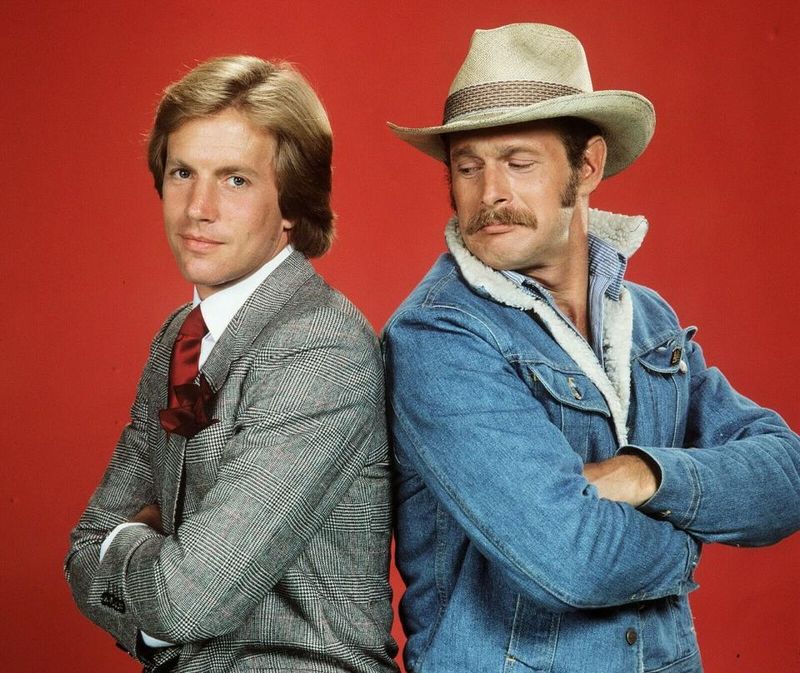
The Simon & Simon theme by Barry De Vorzon and Michael Towers underwent a transformation that saved the show. The original subdued theme was replaced in season two with an upbeat, country-rock melody that perfectly captured the brothers’ contrasting personalities.
Gerald McRaney and Jameson Parker starred as mismatched brothers running a detective agency in San Diego – Rick the streetwise Vietnam vet and A.J. the college-educated preppy. The premise promised an interesting blend of personalities tackling diverse cases.
Unfortunately, most episodes followed identical structures with interchangeable mysteries. The brothers would argue about their approach, split up to investigate, get in trouble, then reunite to solve the case.
